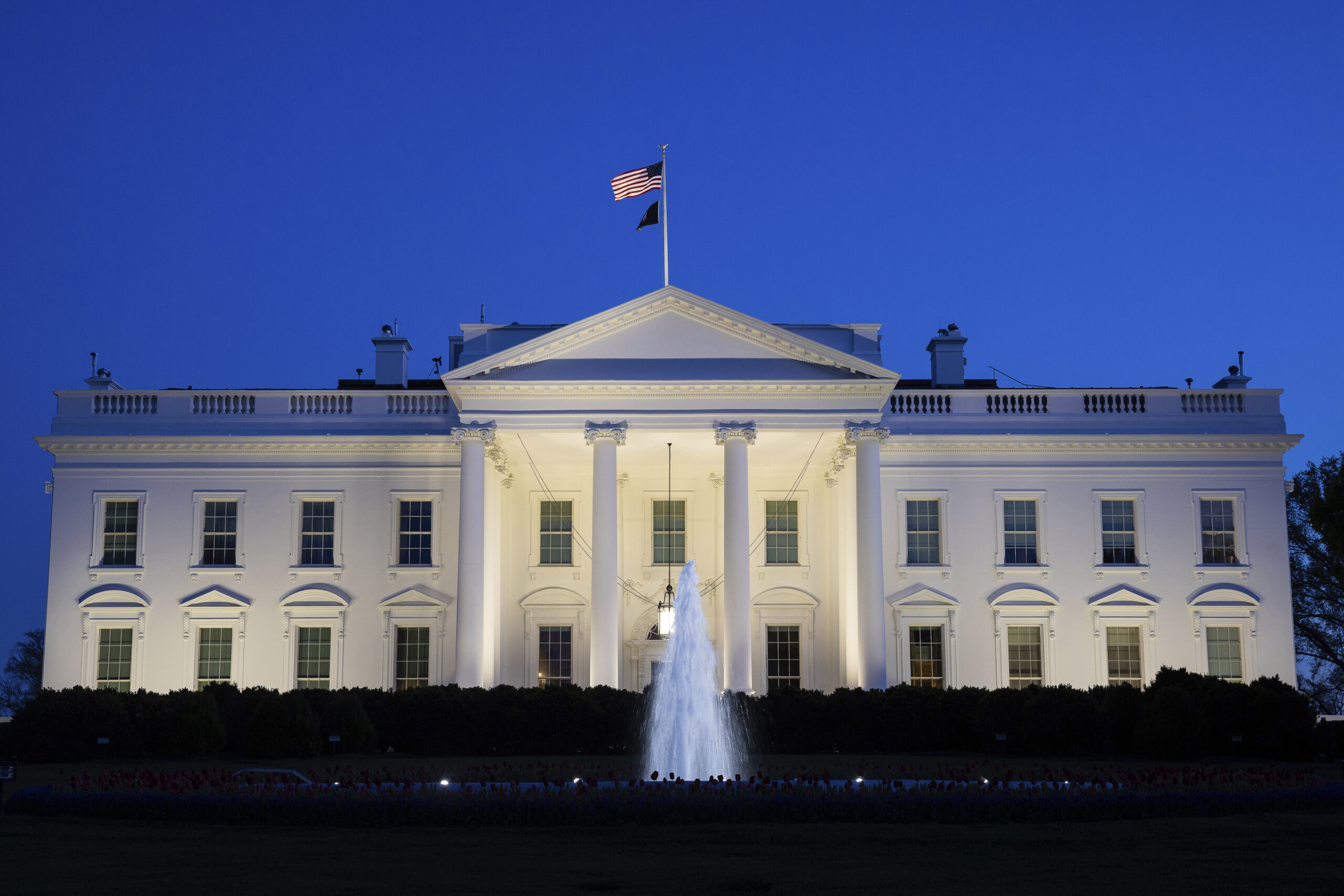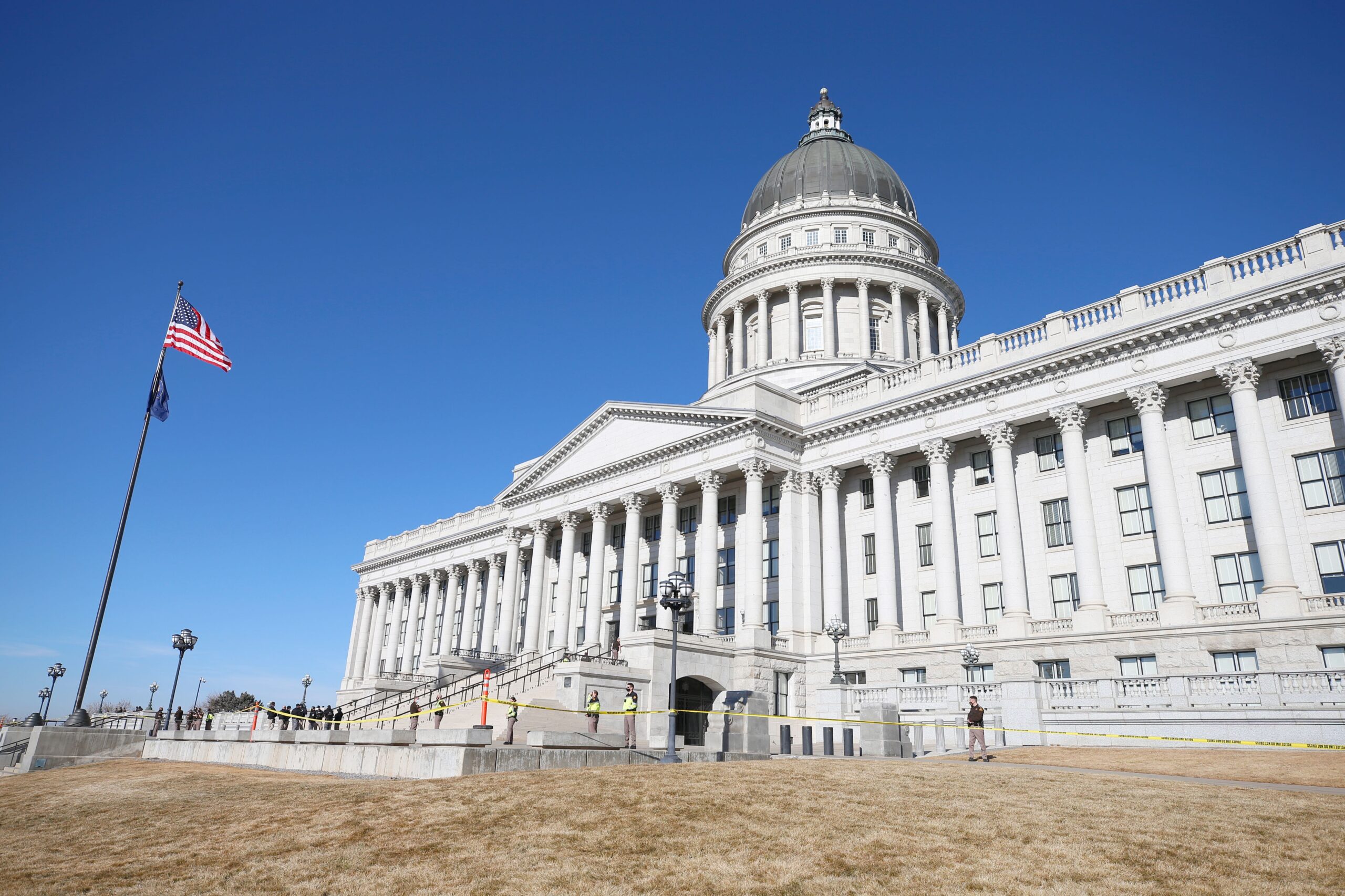Latino voters, who swung toward President Donald Trump in 2024, boomeranged back to Democrats last week, signaling the fraying of his coalition less than one year into his second term.
Few places across the country epitomize that swing like New Jersey’s Passaic County, a densely populated, geographically diverse region where Latinos comprise a plurality. Voters there supported Trump by a narrow margin in 2024, only to back Democratic Gov.-elect Mikie Sherrill by double-digits last week. Union City, which is the most Latino city in the state, swung 47 points toward Democrats. And Sherrill seized the Trump-supporting 9th Congressional District, home to a large Latino population, by around 19 points.
In Virginia, the other state with a gubernatorial contest last week, the two most heavily Latino cities swung toward Democratic Gov.-elect Abigail Spanberger by more than 15 points each.
And in California, support for a Democratic-backed ballot measure exceeded Kamala Harris’ share by roughly 12 points in Imperial County, where Latino residents make up 77 percent of the population. That marks the biggest swing of any county in the state.
Just one year after Trump soared to victory with 48 percent of the Latino vote nationally, these results demonstrate that Republicans have yet to cement them into their coalition. Democrats, feeling emboldened after an epic shellacking last year, have been predicting Latinos would turn on the GOP out of dissatisfaction with Trump’s handling of the economy.
Not unlike Trump in 2024, Democrats were able to capitalize on those cost-of-living concerns to lure voters this year, proving correct a series of polls that portended this trend. It is giving the beleaguered party new optimism about their chances of taking back the House in next year’s midterms, as many of the districts up for grabs have substantial Latino populations.
“There was a lot of conversation heading out of the last election about a monolithic realignment, and I think it missed the fact that Trump is a unique beast who was able to persuade Latinos that he has their interests at heart,” said Tory Gavito, president of progressive donor network Way to Win. “In the last 11 months, he’s done everything but think about Latinos’ interests.”
Democrats’ success with Latinos during this off-cycle election may not necessarily translate to races across the country in 2026, when the minority party will fight to retake control of Congress. And Latino voters in Florida and South Texas are likely to vote differently from those in New Jersey or California.
Further muddling the midterm picture is the Trump question. The president successfully turned out low-propensity Latino voters, some of whom may be more likely to participate in a midterm race than an odd-year election, especially if Trump decides to play a role in next year’s showdown.
So Republicans, who have made a big bet on majority-Latino districts in order to keep their majority next year, have some cause for hope amid an otherwise brutal Election Day for them. While GOP candidates underperformed Trump with Latinos last week, they still put up better numbers than the Republicans of a decade ago (in New Jersey in 2017 for example, Republicans won just 17 percent of the Latino vote, compared to roughly a third this time). And Tuesday’s elections also gave the GOP a new foil in New York City Mayor-elect Zohran Mamdani, whom they think can further tarnish Democrats’ standing with Latino voters across the country who oppose socialism. (Mamdani won 58 percent of the vote in election districts where Latinos made up the largest share of the population, according to data compiled by The City.)
The day after the election, the National Republican Congressional Committee launched Spanish-language ads in 11 swingy congressional districts decrying the “socialist” soon-to-be New York City mayor as “the future that Democrats want” and warning voters their city could be next.
“Democrats have ignored Hispanic communities over the past nine years while millions of working families rejected their radical, socialist agenda,” Christian Martinez, the NRCC’s national Hispanic press secretary, said in a statement. “Republicans will continue to earn the support of Hispanic voters because we are working to deliver opportunity, security, and a better life.”
Democrats largely credited their messaging on affordability and blaming Trump for not following through on his economic campaign promises for their rebound with Latino voters.
“Latinos are rejecting Republicans’ broken promises of lower costs and a strong economy,” Democratic Congressional Campaign Committee spokesperson Bridget Gonzalez said in a statement last week. “Groceries, utilities, and health care are unaffordable and that’s why Latinos will help Democrats take back control of the House next November.”
In California, the Prop 50 campaign to bolster Gov. Gavin Newsom’s redistricting push leaned heavily on immigration in its messaging, using imagery of ICE and Border Patrol raids to argue Trump’s power must be checked. The campaign’s Spanish-language ads focused predominantly on the immigration crackdown, with cursory mention of Trump’s tariffs.
“The Latino revolt was economic and personal — Trump hit their wallets with tariffs and our communities with raids,” said Juan Rodriguez, a senior strategist for Newsom. “From California to races across the country, the message for 2026 couldn’t be clearer.”
A lot could change with the state of the economy that could either bolster or weaken their message. And some are cautioning Democrats not to get too comfortable with last week’s results — and not to rely strictly on affordability messaging.
“This doesn’t mean that Democrats have it in the bag,” said Vanessa Cárdenas, executive director of America’s Voice, an immigration reform group, who added that she hopes to see Democrats message more on immigration in addition to the economy during the midterms. “We’ve seen it before — there’s a lot of distrust of Democrats on immigration issues because of promises that have been made.”
“They have a lot to vote against,” she continued. “The challenge for Democrats is giving them something to vote for.”
In New Jersey, Sherrill’s victory looms large over the state’s 9th congressional district, a plurality-Latino seat that encompasses parts of Bergen and Passaic counties. Sherrill won both by double digits, a major swing after Trump flipped Passaic and lost Bergen by just 3 points in 2024. Republicans are targeting the district’s first-term representative, Democrat Nellie Pou, largely because Trump won the seat in 2024.
But ticket-splitting in the district’s further down-ballot races may demonstrate that Democrats’ work isn’t done there. In Hawthorne, a borough where Latinos make up around one-quarter of the population, preliminary results show Sherrill won but incumbent Republicans prevailed in mayoral and council races.
Carlos Cruz, a Republican strategist who worked on a super PAC backing Sherrill’s opponent, Jack Ciattarelli, said that last year’s election was a “referendum” on leadership in Washington and the economy, and people cast a ballot this year for the same reasons.
“There were people who voted for the president who wanted to see more,” Cruz said. “For Democrats to overreact and say ‘Nellie is safe now’ is fundamentally misreading this year’s elections.”
Morghan Cyr, Pou’s campaign manager, said that the results “solidified one thing for Democrats above all: Latino communities are key to success across the board.”
“Early, intentional investment in and engagement with these communities is essential to Democrats taking back the House in 2026,” Cyr said in a statement last week. “The progress that was made this week is good, but we have to keep building on it.”



